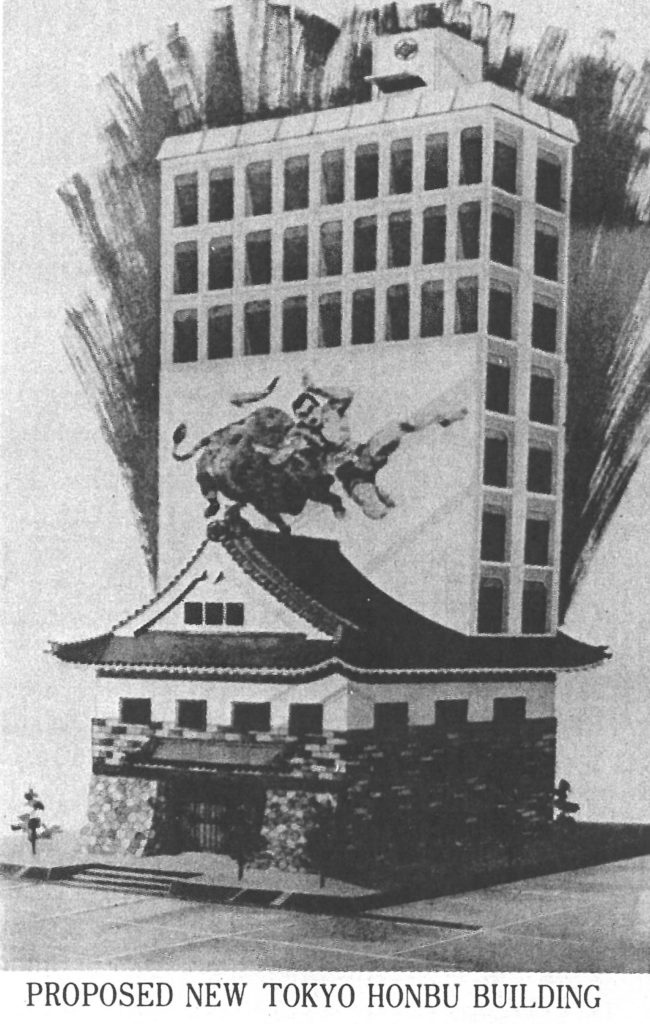KANCHO SOSAI MAS OYAMA – MESSAGE 1985
Often my students ask me what kind of qualities are required to make a good black belt. I always say that the way of the Budo-karateka is a long and a hard one. But I have, to add that the character of a person of prime importance.
In order to have positive character, it is necessary lead a regular life. If you want to become a good karateka, it is necessary to train every day. It is the teacher’s duty, just like a School, to note down whether there are not too much non-attendances. It is a must to train 2 hours daily, so in one Month you must, have done 60 hours of training. I always tell the Uchi Deshi they have to study hard and train well, that is very important. These rules of having certain customs, a schedule, are not only for karate but can be applied to daily life as well.
I believe karate contains 3 main points; 10% are for the activities like camps and championships, 15% is for the power and all the rest is the heart which is of great importance, If you want to follow the Kyokushin way, you cannot exclude Summer camp nor Winter camp from your training programme.
But the secret of a good karateka lies in his kihon. You have to repeat and repeat the basics, because it takes a long time before you can grasp the Meaning of basical techniques. You should train basics daily and not forget to consult books and then you should apply these techniques in your kumite.
50 years ago, my teacher told me it takes 3 years to make a proper fist, another 3 years to, have a good stance, and another 3 years to have a good punch. Now, after so many years, I came to the conclusion that all my questions are not answered yet.
I respect very much Miyamoto Musashi (a famous Budoka and artist of earlier times). It was him who said the Budo-way is very hard and long, and I can agree with that. Experience is very important, knowledge comes by the years. You do not have to rush, step by step you will learn. A child has to train and study in a child-way and an adult has to do it in an adult-way. Everything depends on the age.
The grading is very important in life, for the person himself, becoming Dan-holder and for the Kyokushin Organization. It is necessary to work hard to obtain the black belt, but at that very moment the goal is not achieved yet, one can always become stronger. The Kyokushin way is a hard and very long
